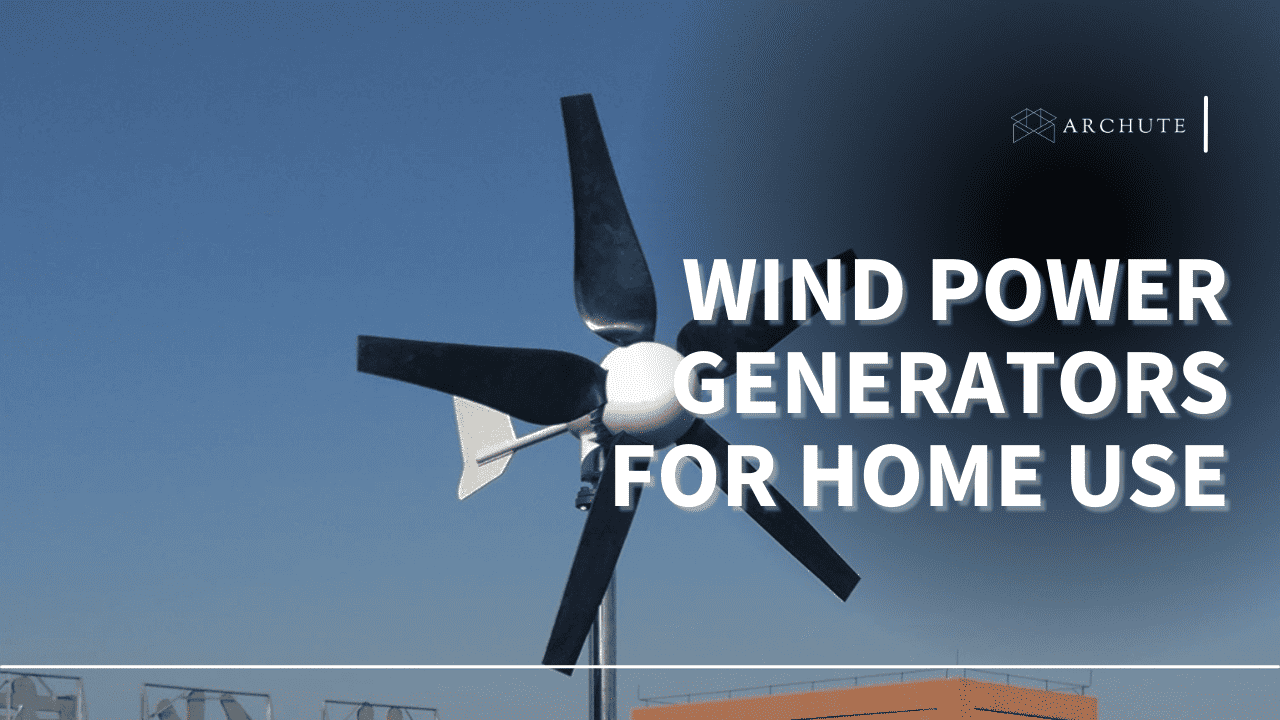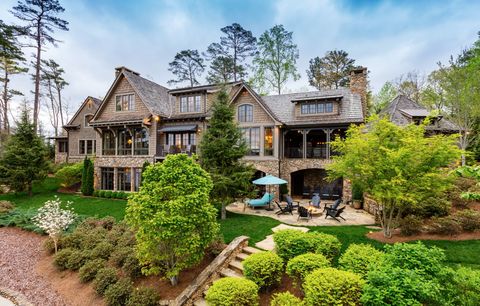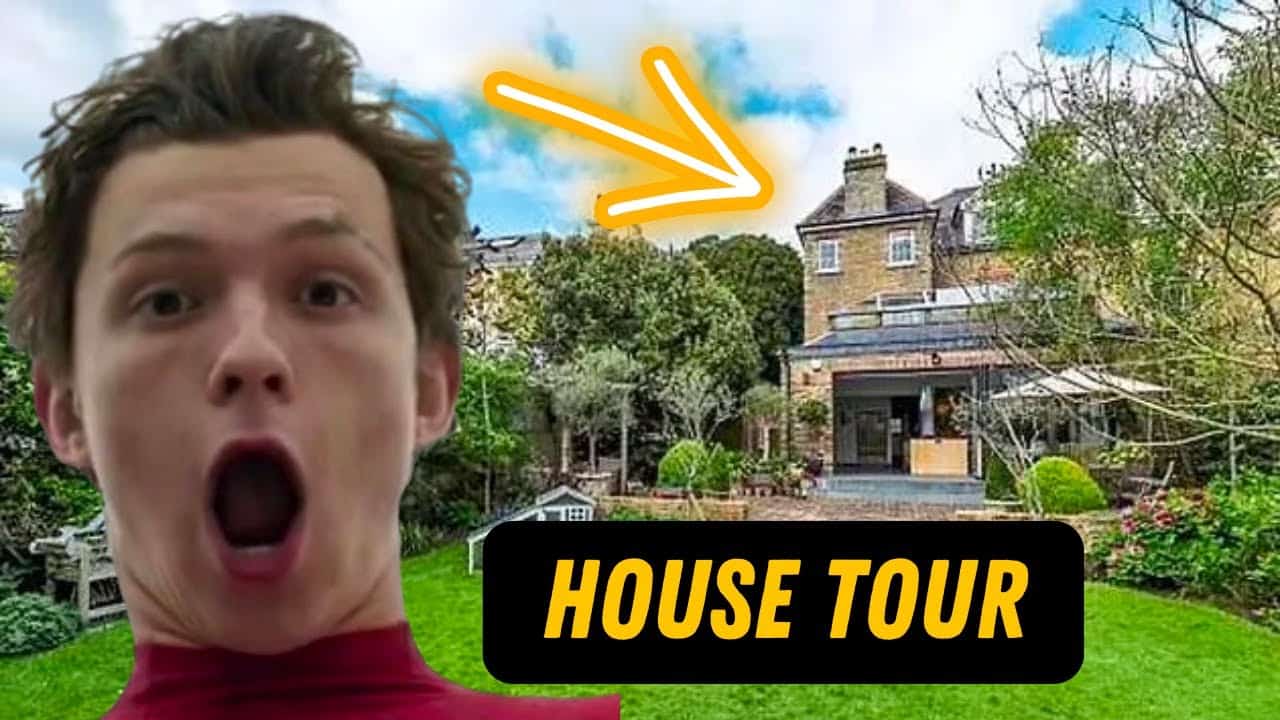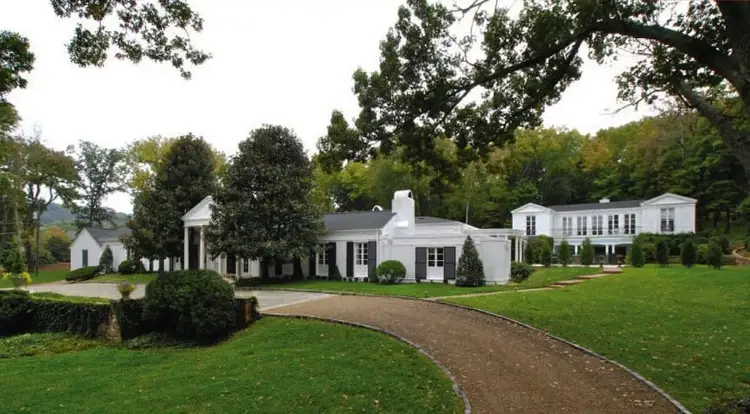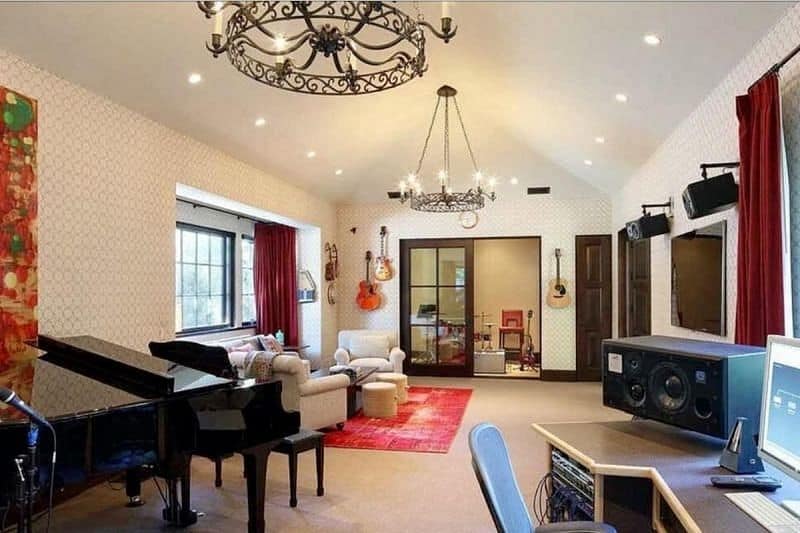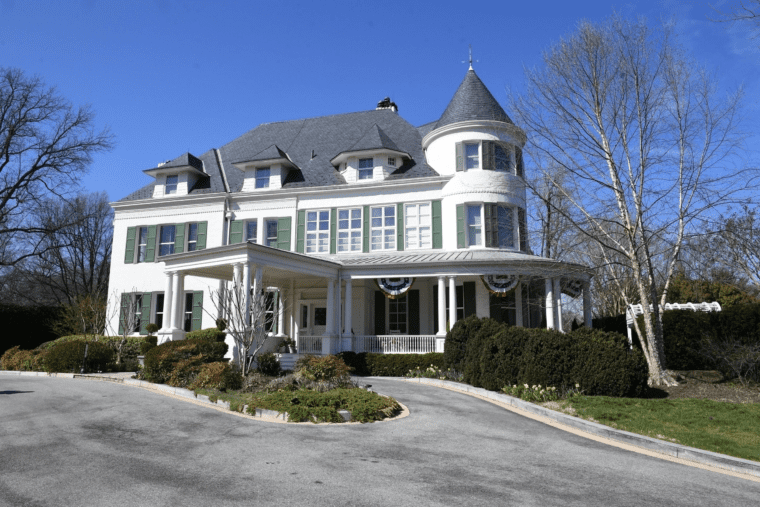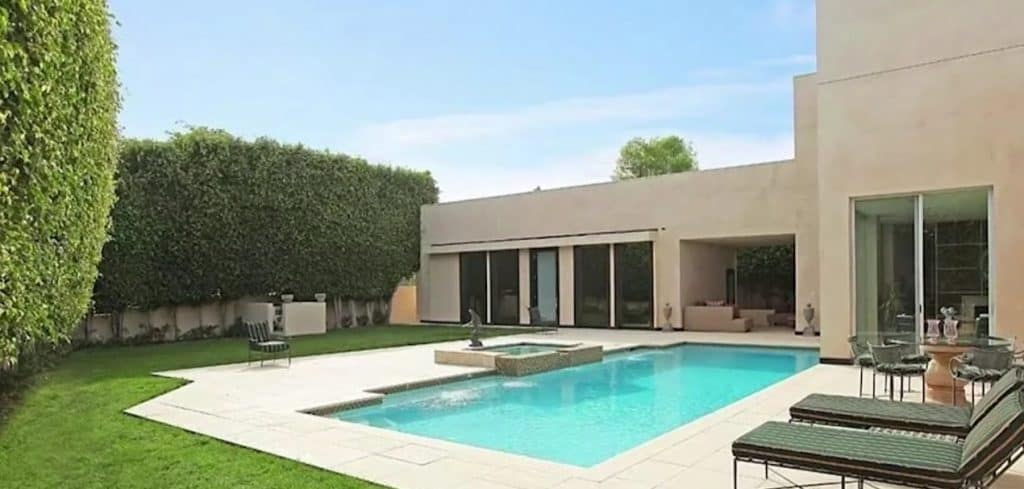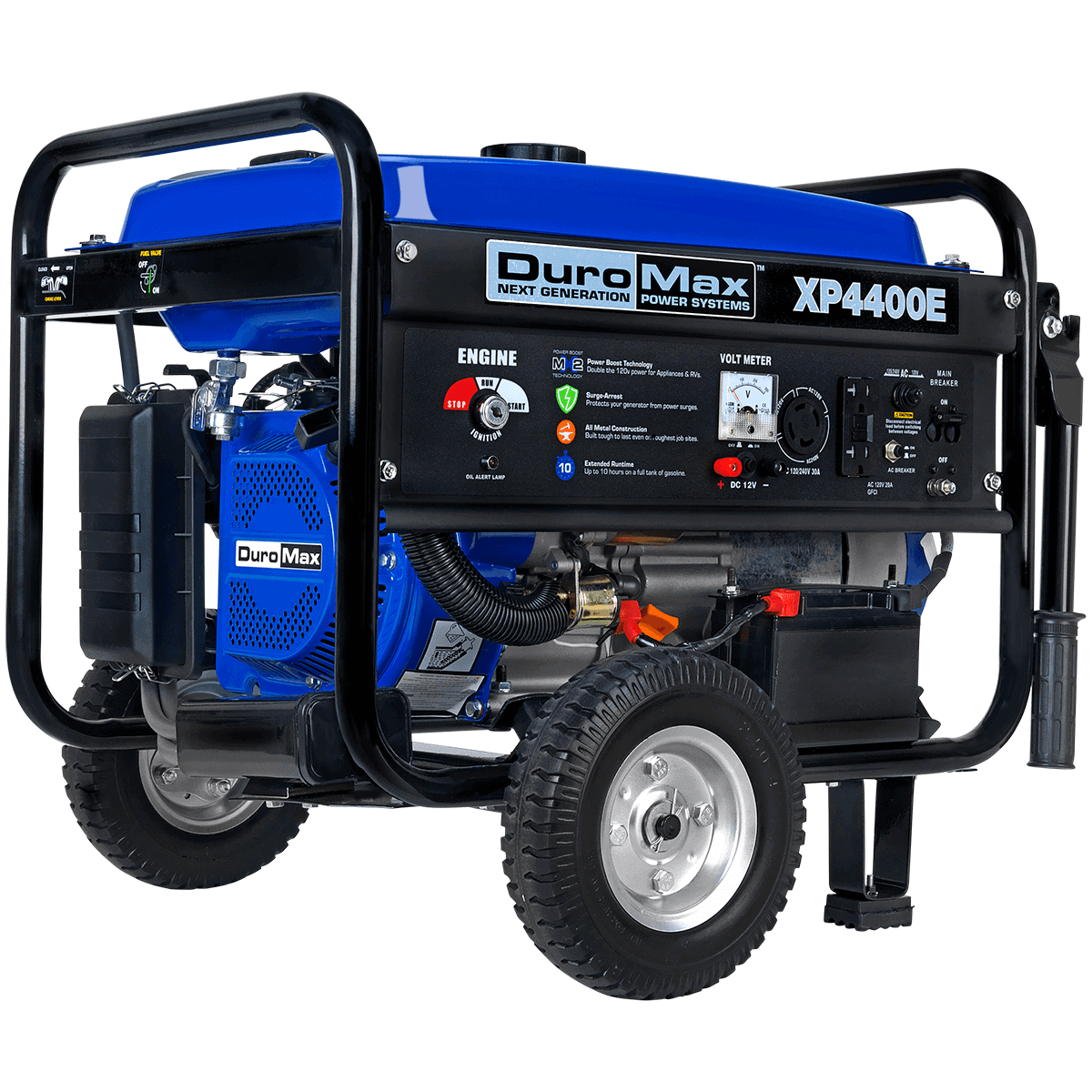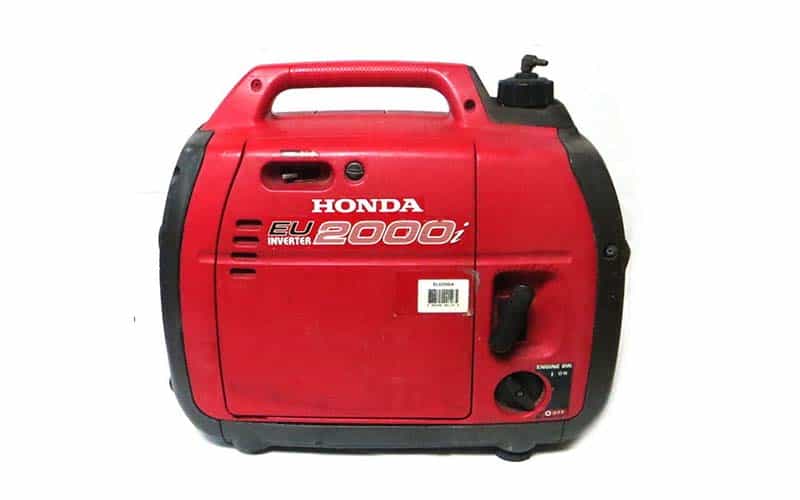" The Boy Who Harnessed the Wind " is among the trending movies on Netflix at the moment. This is a story about how a boy built a wind turbine to help save his family from famine and his whole village. It’s basically a wake up call about using the renewable energy resources right outside our doorstep.
Its been used for so long for wind power. It still plays a big part in generating at least 11% of the U.S. electricity in the modern world. With wind turbines readily available you can add more to it by generating electricity for your home from wind energy.From the home wind turbine I reviewed, ECO LLC 800w Wind-Solar Generator Kit is really the best.
What Is a Wind Generator?

Image Credits: singularityhub.com
A wind generator is a machine which generate electricity by energy of wind by means of kinetic energy. The structure of a wind generator comprises blades, a nacelle, a shaft. The blades will spin by the force of a gentle breeze, and that energy will be kinetic.
If the rotor blades is rotating, the shaft of the nacelle will turn as well; the generator converts the kinetic energy into electric energy. With 11m/s wind speed it turns at 3.5mls and provides maximum power.
Why You Need a Wind Power Generator for Your Home Use
The primary purpose of a wind turbine is to convert the wind's power into the personal electricity we depend on to light up our homes and businesses. Home wind turbines will therefore help reduce the cost of electricity by as much as 50-90%, while delivering uninterrupted backup power during extended utility outages all with zero emissions and pollution so your area doesn’t need to be that windy.
The surplus from the wind turbines' production covers the amount of electricity consumed in the house, and any excess can be sold to the utility. Today, the interconnections available allow switching automatically. The wind energy systems work independently and can be used in homes, farms, or community far off utility lines. Either system could be practical under the following conditions.
My Selection Process
To ensure we only recommend the best of the best when it comes to wind generators, we've worked with the top wind generators here, based on this criteria.
- Wind speed: I looked at the wind speed of the turbines because this tells me how much electricity it will generate. Since the blades have greater ability to spin faster with stronger winds, the more power it will generate. The mechanical power and electric energy generated from the generator is as fast as the rotation of their speed.
- Turbine Design: The design of wind turbines tries to capture as much of the wind’s energy the turbines would have to be able to move more air through the rotors (which also means the larger the turbines the larger the blades).So, practically, nearly everything with moving parts makes some sound so we can not exclude wind turbines from this.
- Low noise: Practically, almost all things with moving parts produce some sound; therefore, we can not exempt wind turbines from this. Nevertheless, we selected well-designed wind turbines that are generally quiet in operation.
5 Best Wind Turbine Generators for Your Home
1. Thames & Kosmos Wind Power V4.0 STEM Experiment Kit
- Build and experiment with a real, working 3-foot tall wind...
- Single-piece blade construction for improved durability and...
- Generate electricity to charge a battery and power a small model...
- New weatherproof battery box can be left outside!
- Includes stakes to secure the turbine to the ground.

Image Credits: attainablehome.com
It has a weatherproof design perfect for outside installation so students can measure how wind impacts turbine performance. A small rechargeable battery to store the power created by the wind is included, allowing users to glimpse how it can be used for the future. The kit also stimulates a thinking mind, offering users the opportunity to think critically about the angles and configurations of the blades while exploring what will lead to better power output.
Pros:
Cons:
2. Pikasola Wind Turbine Generator Kit 400W 12V
- ★ Feature: Starting with 2.5m/s Low wind speed; Low vibration...
- ★ Wind Blade: 23.8 inch in length, the longer blade will...
- ★Wind Generator: Three-phase permanent magnet synchronous...
- ★Rotating Aluminum Alloy Body: With yaw adjustment system, the...
- ★Real Parameter, Not False: Our product parameters are Real &...
The Pikasola Wind Turbine Generator Kit could be compact, high performance wind turbine systems for marine, RV and hybrid solar wind set ups, with a reliable 400W output and five blade design. In many applications, this turbine is a perfect supplement to off grid power systems ranging from remote homes to boats. It comes with 12V output that seamlessly fits to solar panel and batteries, suitable for hybrid energy system.

Image Credits: insights.aliexpress.com
It has higher efficiency at moderate to low wind speeds than three blade models and operates quietly. Included in the kit is also a charge controller, guaranteeing the generated energy will be safely stored and not blown by overcharging. The Pikasola turbine has been designed to work in extreme conditions, it is a sturdy and maintainable turbine for both outdoor and marine use.
Pros:
Cons:
3. PIKASOLA Wind Turbine Generator 12V 400W
- ★ Feature: Starting with Low Speed; high wind energy...
- ★ Wind Blade: 23.4inch in length, made of nylon carbon fiber....
- ★Wind Generator: Three-phase permanent magnet synchronous...
- ★Rotating Body: With yaw adjustment system, the wind direction...
- ★Solar&Wind Charge Controller: Match a 30A Hybrid Charge...

Image Credits: attainablehome.com
The 5-blade wind turbine was developed to maintain a very high efficiency level even at moderate wind speeds, while the hybrid charge controller uses the inputs from both the solar and wind sources to maximize the charging of the batteries. The turbine is made of outdoor use weather resistant materials so it can ‘plug and play’ in demanding environments.
The PIKASOLA turbine supports 12V battery systems, offering support as a small device power source, or as a backup power source. It also has quiet operation and is easy to set up for long term use.
Pros:
Cons:
4. Pikasola Wind Turbine Generator 400W 12V with 3 Blade
- ★ Feature: Starting with low speed; high wind energy...
- ★ Wind Blade: 23.4inch in length, made of nylon carbon fiber....
- ★ Generator: three-phase permanent magnet synchronous motor....
- ★Rotating Body: with yaw adjustment system, the wind direction...
- ★Real Parameter, Not False: Our product parameters are Real &...

Image Credits: amazon.com
The kit includes a charge controller which controls the flow of power to 12V battery systems, preventing overcharging. Its lightweight, corrosion resistant construction ensures it performs well in harsh weather, and allowed it to be installed long term outdoors.
For homeowners looking to decrease reliance on the grid or building hybrid wind solar systems this is an especially useful model.
Pros:
Cons:
5. Pikasola Wind Turbine 200W
- 1.(-Safety-): 5-leaf double-axis vertical blade design, which...
- 2.(-High Wind Energy Utilization-): Wind blades adopt...
- 3. (-Quietly-): The vertical wind turbine is quieter than...
- 4. (-Excellent Generator-): Permanent magnet three-phase...
- 5. (-Installation convenience-): Vertical axis wind turbine can...
Five vertical axis blades which have a low cut-in wind speed of 3.35 mph composes Pikasola wind turbine. The blades are produced with the right quality fiber design such that blades can move to the windward side.

Image Credits: literoflightusa.org
When I used this wind turbine I found out it got the max amount generation of 200 W at a rated wind speed of 24.06 mph using M.M.P.T. charge controller. This charge controller will control the power supplied to the batteries, and shuts down the generation when the batteries are fully charged.
Pros:
Cons:
Considerations When Buying Wind Power Generators for Home Use
A. Wind Speed
Maximum wind speed obtainable at the height at which turbine will be located is a decided factor regarding the feasibility of wind power generation in a site. The average wind speed at the site where the wind turbine will be erected should be therefore chosen when choosing a wind turbine design.
B. Turbine Size
The more the turbine size is, the more the turbine will be subjected to wind, therefore the turbine size is related with energy output. But the bigger the turbines, the greater the constraining pillars for construction and maintainability as they depend on site specifications.
C. Noise Impact
The sources of noise in a wind turbine are either aerodynamic or mechanical. The interaction of the wind generated by the atmospheric turbulence with the turbine blades generates aerodynamic noise. On the other hand, mechanical noise is the result of the rotor machinery: gearbox and generator. By better designed turbine blade geometry and using correct operating conditions, noise can be reduced.

Image Credits: thegreenage.co.uk
D. Visual Impact
Most of the time, that refers to some pronounced windy place where you would put wind turbines. Many people get to see visual pollution of those giant towers with 2 or 3 blades. Different actions are carried out by many adopters of the technology to reduce the impacts of visual pollution. These may include the following:
- To blend with surroundings, wind turbine tower, blades, and transformer box are always painted a neutral color.
- Taking the turbine on an angle in which it should minimize the risk of having a shadow fall by its beam on surrounding structures used by people.
E. Price
Solar generators or, namely, virtually any power storage, and home wind turbines tend to be costly. Therefore, wind generator installation should no longer be looked upon as an expense. By investing in a better wind turbine you will see a significant difference in your otherwise mad energy bills and will recoup the installation expense soon.
F. Installation and Maintenance
The possibility of injury might be high, with some of the turbines being weighty so you could install it to your rooftop, but that is just some of it. To set up a wind generator you will need to hook it up to your house, a process in which you are going to need to seek out a professional. Installing a wind generator is not for lay persons, realistically. For that reason it is necessary to speak to a contractor and electrician.
Furthermore, the wind turbine would require long term maintenance. There are a few that are built to continue running without a tune up, but every once in a while you’ll need a professional to come in and look at your system and do some repairs when needed.
Frequently Asked Questions (F.A.Q.s)

Image Credits: bobvila.com
1. How long do wind generators typically last?
A good quality modern wind generator will generally provide usable power for some 20 years, although by making allowances for environmental factors, and the correct maintenance procedures, this time can be extended to some 25 years.
2. What are the disadvantages of wind energy for home use?
- Generally, there are mechanical operations that happen by cutting through the air that make wind generators noisy.
- A further difficulty of wind energy is that it can’t be produced continuously.
- For these reasons, wind energy cannot be easily and conveniently a base load energy source, and the principle energy source of power generation.
- To make wind turbines economical, they should be placed where they will generate enough electric power.
- Many of these suitable places are in remote areas outside cities and towns that are far from cities and, more often these days, in more rural locations or offshore.
3. Are wind home generators worth it?
Home wind turbines are good for weaning yourself off continuing to rely on your power grid for electricity. Wind turbines can decrease your energy bills sustainably. It also, besides, provides some pre built in emergency power for use in cases of blackout. Eventually, however, the cost of the turbine should be recouped in your scaling down in your electricity bill.
4. How big of a wind turbine do you need to power a house?
Different sizes of wind turbines are available from small to medium; 0.4kW to 20kW and your wind turbine needs to be a size that matches your electricity requirements. With the wind turbine size for your house, it is always possible to calculate.
When you’re calculating the size, take into account the wind speed in your area, and how much power you want to generate. Why? For one, the sizes of the wind turbines are related to the electrical needs for your house and its appliances.
A 5 to 15 kW wind turbine is large enough most houses will only need 1/3 to 1/10 of the energy that is being produced by their wind turbine monthly.
5. How many wind generators does it take to power a house?
Your average small wind generator in your backyard is 1 kW. At an annual speed of about nine mph, one can make more than 600kwh annually. An average household will need 10000 kwh a year. Although you can have a wind place, you still need about 17 small turbines to supply the electricity for a single home.
Additionally, one of 5 MW wind turbine has capacity to produce up to 5000000 watts that could power up to more than 290 homes. The reason of this is that larger blades and greater wind speeds produce more electrical output.
6. Can I put a small wind turbine on my roof?
Yeah, because we’re thinking about making compact wind turbines one day and putting them on rooftops. But they aren't as powerful as larger standalone turbines.
7. Are bladeless wind turbines better?
Bladeless wind turbines can be economical and need less maintenance. On the other hand bladed turbines generate more power at lower wind speeds. If located in a place with low to moderate wind speeds, a bladed turbine is likely to be the most effective building method..
Final Thoughts

Image Credits: treehugger.com
Getting the best home wind turbine is a huge home improvement project. You wouldn’t want to do it carelessly. Then take your time and research to find out what small wind electric systems will be most productive on your property.
Because wind turbines are very efficient, most homeowners opt for a hybrid solar wind system. If you have the space, wind power is an excellent, sustainable resource.
Also, if you get a powerful wind turbine you can harness all the benefits of renewable energy for your home.

